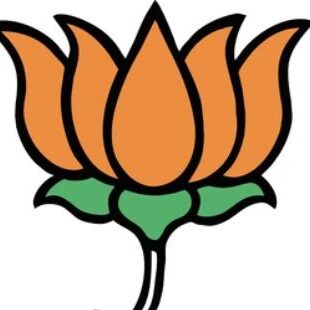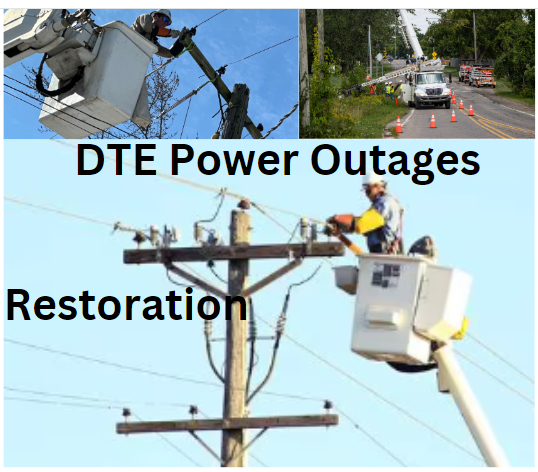
Banks Record Remarkable Recovery of Over Rs 10 Lakh Crore in the Last Nine Years
Over the past nine financial years, India’s Scheduled Commercial Banks (SCBs) have witnessed a significant aggregate recovery, crossing an impressive milestone of Rs 10,16,617 crore. This remarkable feat has been achieved through a combination of strategic measures implemented by both the government and the Reserve Bank of India (RBI) to combat the challenge of mounting bad loans. The successful recovery is not limited to public sector lenders alone; it encompasses the entire banking sector.
According to data released by the Reserve Bank, the Central Repository of Information on Large Credits (CRILC) indicated that as of March 31, 2023, the total funded amount outstanding by SCBs to corporate borrowers, who were classified as non-performing assets (NPA) and held an outstanding amount of Rs 1,000 crore or more, amounted to Rs 1,03,975 crore. The CRILC plays a pivotal role in collecting, storing, and disseminating credit data to lenders, ensuring transparency in the financial system. Banks are required to provide weekly reports to CRILC in case of any default by borrowing entities with an exposure of Rs 5 crore and above.
The encouraging trend of reducing NPAs has been evident in the past five financial years, according to RBI data. At the close of the financial year 2018-19, NPAs stood at Rs 7,09,907 crore, which witnessed a decline to Rs 6,32,619 crore in the subsequent year. By March 2023, NPAs further reduced to Rs 2,66,491 crore, signaling a positive trajectory in resolving the NPA crisis.
The reduction in NPAs has been facilitated by comprehensive measures undertaken by the government and RBI to combat non-performing assets effectively. As mentioned by Bhagwat Karad, the Minister of State for Finance, in a recent written reply in Lok Sabha, the gross NPAs of SCBs have declined significantly from the peak of Rs 10,36,187 crore (with a gross NPA ratio of 11.18 percent) as of March 31, 2018, to Rs 5,71,515 crore (with a gross NPA ratio of 3.87 percent) by March 31, 2023.
The government’s proactive approach towards tackling NPAs includes crucial amendments to the Securitisation and Reconstruction of Financial Assets and Enforcement of Security Interest Act, 2002. These amendments have made the act more effective in dealing with stressed assets and facilitating their resolution. Additionally, the government increased the pecuniary jurisdiction of debt recovery tribunals (DRTs) from Rs 10 lakh to Rs 20 lakh. This enhancement enables DRTs to concentrate on high-value cases, thereby leading to higher recovery rates for banks and financial institutions.
The consistent decline in NPAs and the substantial recovery of over Rs 10 lakh crore over the last nine years demonstrate the concerted efforts of the government and the RBI in strengthening the banking sector. These measures have instilled confidence in investors and stakeholders and have helped in restoring stability and trust in the financial system.
As India’s economy continues to grow, it becomes increasingly crucial to maintain a healthy banking sector free from the burden of bad loans. The commitment shown by the government and regulatory authorities in tackling the NPA issue sets a positive precedent for the future. The focus on effective risk management, timely resolution mechanisms, and proactive reforms will play a pivotal role in sustaining the banking sector’s growth and ensuring a stable and robust financial landscape for the country.
The success in reducing NPAs and achieving substantial recovery of over Rs 10 lakh crore in the last nine years has not only bolstered the banking sector but also had broader positive implications for the Indian economy. The increased financial stability and enhanced confidence in the banking system have attracted greater investments, both domestic and foreign, propelling economic growth. Moreover, the efficient resolution of stressed assets has allowed banks to redirect resources towards productive lending, supporting businesses and fostering job creation. As the nation advances on its path of economic development, continued vigilance in managing NPAs and prudent financial reforms will be pivotal to sustaining this positive momentum.










